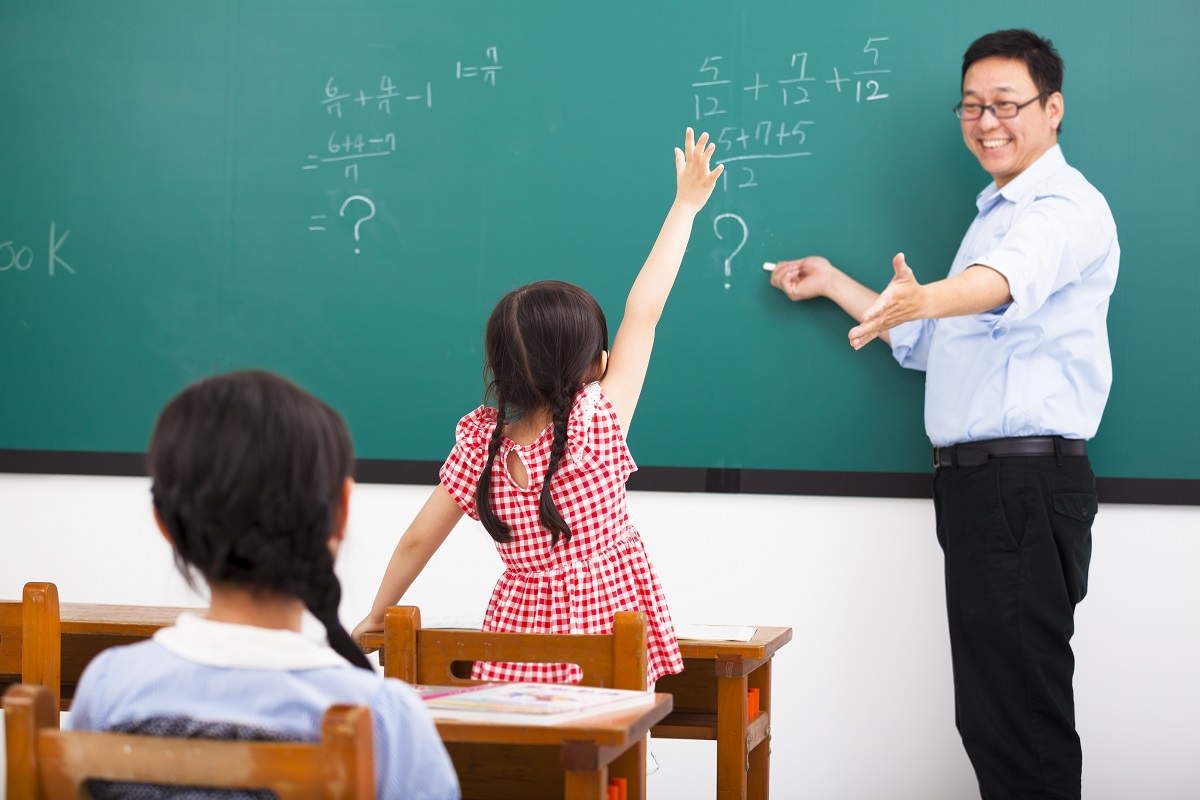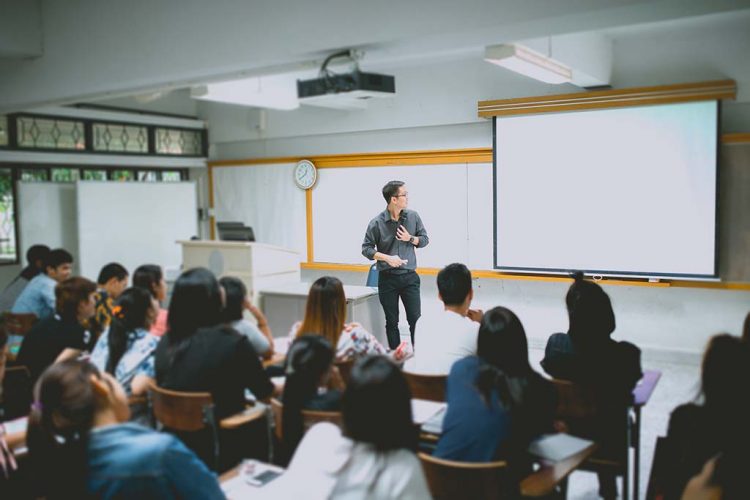Accelerate Learning with Primary Science Tuition Singapore for Young Minds
Accelerate Learning with Primary Science Tuition Singapore for Young Minds
Blog Article
Checking Out the Different Mentor Strategies in Key Science Education Today
Inquiry-based knowing, hands-on experiments, and the combination of technology are redefining exactly how educators engage young minds. Additionally, collective strategies and separated guideline are being employed to provide to the varied requirements of trainees, enhancing both involvement and understanding.
Inquiry-Based Knowing
Inquiry-Based Understanding (IBL) is a pedagogical technique that encourages trainees to explore clinical ideas with doubting, investigation, and hands-on testing. This technique emphasizes the function of students as active participants in their understanding, promoting crucial thinking and analytic abilities. By involving with real-world concerns, pupils come to be motivated and curious, which enhances their understanding of scientific principles.
In IBL, educators act as facilitators, directing trainees as they browse their inquiries rather than providing info straight. This student-centered approach permits distinction, fitting different discovering speeds and styles. Pupils create abilities in creating hypotheses, developing experiments, and assessing information, which are important for clinical proficiency.
In addition, IBL cultivates cooperation amongst trainees, urging them to share concepts and findings. This cumulative questions advertises social skills and a sense of neighborhood within the classroom. Furthermore, the procedure of inquiry encourages durability, as students find out to embrace failing as a stepping stone towards understanding.
Hands-On Experiments
Hands-on experiments are an essential element of reliable science education and learning, enhancing the concepts of inquiry-based discovering. These experiments enable students to involve directly with clinical ideas, fostering a much deeper understanding through experiential knowing. By controling products and observing outcomes, young learners can understand abstract theories in concrete ways.
Such tasks promote crucial reasoning and problem-solving abilities, as pupils assume end results, conduct experiments, and examine outcomes. This process encourages them to ask concerns, improve their understanding, and develop a clinical state of mind. Additionally, hands-on experiments can be customized to varied discovering styles, making certain that all students have the chance to involve meaningfully with the web content.
In addition, hands-on experiments frequently urge collaboration among peers, advertising team effort and communication skills. Functioning in teams makes it possible for pupils to share ideas, talk about findings, and discover from each other, which boosts their total educational experience.
Including hands-on experiments into the primary science curriculum not just enriches the learning environment but additionally grows a long-lasting passion in scientific research. By actively getting involved in their education and learning, pupils are most likely to create an interest for clinical query that prolongs past the class.

Innovation Integration
Integrating innovation right into primary science education has ended up being significantly essential in fostering student engagement and enhancing learning outcomes. The use of electronic devices, such as interactive simulations, online labs, and instructional software program, provides students with possibilities to discover clinical concepts in ingenious ways. These sources promote a deeper understanding of complex subjects by enabling learners to imagine and control variables that would be impractical in a traditional class setup.
Moreover, modern technology assimilation motivates personalized finding out experiences. Pupils can advance at their own rate, taking another look at difficult ideas through multimedia sources, which satisfy various knowing designs. This adaptability not just supports individual development but additionally cultivates a sense of freedom in learners.
Furthermore, technology serves as a bridge to real-world science, connecting pupils with present study and specialist payments. Access to scientific journals and on the internet databases widens students' viewpoints on scientific query and fosters crucial assuming abilities.
Collaborative Discovering
Joint discovering plays a vital role in primary scientific research education by promoting synergy and interaction skills amongst students. This method motivates learners to function with each other, share knowledge, and engage in analytical, which enhances their understanding of scientific ideas. By taking part try this web-site in team activities, trainees find out to express their concepts, pay attention to diverse viewpoints, and bargain remedies, every one of which are vital abilities in both scholastic and real-world contexts.

Research study shows that joint discovering can bring about boosted inspiration and interaction in scientific research subjects, as trainees locate enjoyment in common experiences (primary science tuition Singapore). In addition, this technique prepares students for future collective undertakings, furnishing them with the abilities required for efficient synergy in college and expert settings. Inevitably, embracing collective knowing in primary science education and learning can significantly enhance the learning experience and advertise a much deeper understanding of clinical questions
Distinguished Guideline

Differentiated direction can materialize in different ways, such as differing the material, processes, or products of understanding. Educators may utilize tiered projects that provide differing degrees of intricacy, allowing pupils to function at their particular readiness levels. Furthermore, versatile grouping strategies can facilitate cooperation amongst trainees with different capacities, promoting peer discovering.
Analysis plays an important function in this approach, as it educates direction and helps educators comprehend each student's one-of-a-kind demands. Developmental assessments, such as monitorings and tests, can direct educators in adjusting their strategies to boost learning end results. primary science tuition Singapore. Ultimately, by implementing differentiated guideline in primary scientific research education, teachers can cultivate a more fair and effective discovering my latest blog post atmosphere, encouraging all students to reach their complete capacity in understanding scientific phenomena
Conclusion
In recap, the diverse mentor approaches in primary scientific research education, including inquiry-based understanding, hands-on experiments, technology assimilation, collective understanding, and differentiated direction, collectively contribute to a more efficient understanding atmosphere. These approaches promote important thinking, analytical abilities, and a deeper understanding of scientific principles. By implementing these methods, instructors can create engaging and helpful classrooms that attend to the different requirements of trainees, inevitably cultivating a long-lasting rate of interest in scientific research and boosting scholastic success.
Inquiry-Based Learning (IBL) is an instructional strategy that urges pupils to explore scientific concepts through questioning, investigation, and hands-on experimentation.Collective learning plays a crucial role in main science education and learning by promoting teamwork and communication abilities among pupils.Study suggests that collective discovering can lead to enhanced motivation and involvement in science subjects, as students find satisfaction in shared experiences.In fostering a comprehensive discovering setting, set apart direction emerges as a vital method to suit the varied requirements and abilities of trainees in primary scientific research education. Inevitably, by carrying out distinguished guideline in main science education, educators can grow a much more fair and effective learning atmosphere, encouraging all students to reach their complete capacity in recognizing clinical phenomena.
Report this page